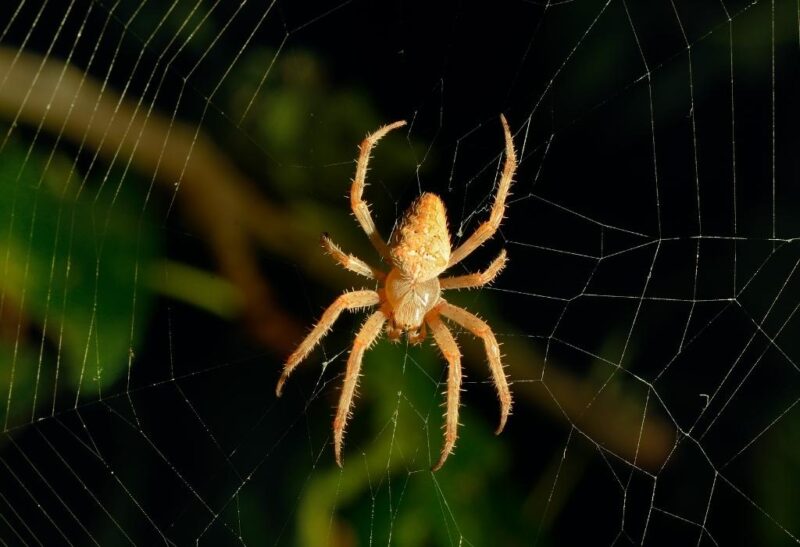It’s quite difficult to discern various types of creatures from each other as they are all usually seen interacting in the same ecosystem, particularly in the case of spiders and bugs, as spiders rely on bugs as potential food sources. It’s important to differentiate between the two to end the debate once and for all.
Spiders are not bugs. They are arachnids that have two main body parts (a cephalothorax and an abdomen), four pairs of legs, simple eyes, and silk-producing organs called spinnerets. Although they’re also invertebrates, they completely differ from bugs. They have three main segmented body parts (head, thorax, and abdomen), three pairs of legs, compound eyes, and antennae.
This article will provide you with everything you need to know about spiders, what they are classified as, their diet preferences, their known predators, mating habits, and other interesting information!
Table of Contents
What Are Spiders?
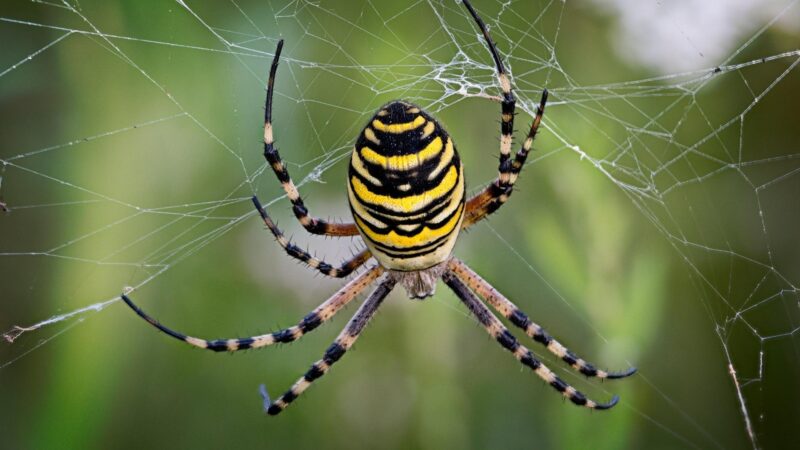
Spiders are eight-legged creatures that are known for paralyzing prey through their venomous fangs and creating silken webs using their spinnerets. According to the World Spider Catalog, there are approximately 50,412 known species of spiders categorized across 132 families. About 100 species of spiders are known to have venom that can be fatal to humans.
A way to classify spiders is according to their predatory strategies. The most common types of spiders include the orbweavers (those who build flat, vertical, or horizontal webs), complex-web weavers (those that create funnel- or bowl-shaped webs), and cobweb weavers (those that produce complex, unorganized webs). There are also spiders that do not build webs.
What Is a Bug?
Bugs can refer to any small insects you often encounter outdoors. However, true bugs are members of the suborder Heteroptera. They are a type of insect that have two pairs of wings and needle-like mouthparts used to extract fluids from animals, plants, and even humans.
There are 40,000 known species of true bugs, with a considerable population of aquatic and semiaquatic insects. Common types of bugs include bedbugs, stink bugs, plant bugs, and assassin bugs.
Can a Spider Be Called a Bug?
Spiders are not bugs. Although both are invertebrates and are seen often interacting with one another in an ecosystem, they are two completely different animals.
The main physical difference between spiders and bugs is their body parts. Spiders have two main body parts: cephalothorax and abdomen, as well as four pairs of legs and simple eyes. On the other hand, bugs have three main body parts that are segmented: head, thorax, and abdomen. They also have an antennae, three pairs of legs, and compound eyes.
Moreover, spiders undergo simple or incomplete metamorphosis, which means their life cycle only has three stages: egg, spiderling, and adult while most bugs go through a complete metamorphosis consisting of four phases: egg, larvae, pupa, and adult.
What Is a Spider Classified As?
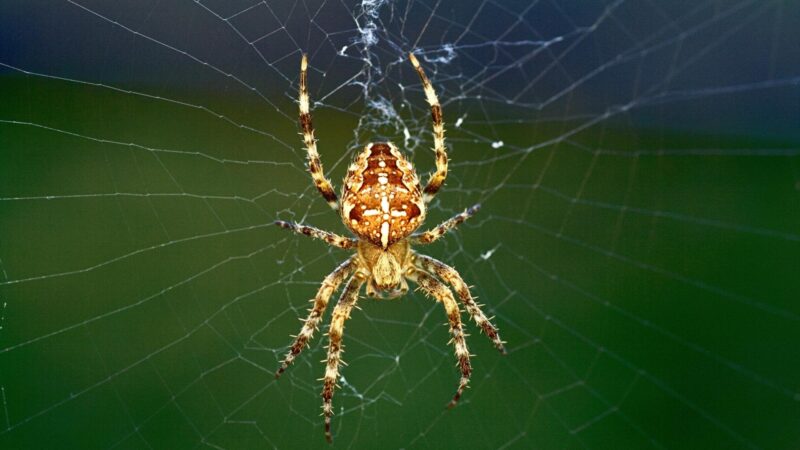
Spiders belong to the class Arachnida, which also consists of scorpions, ticks, and mites. All arachnids have two body regions (cephalothorax and abdomen), four pairs of legs, and two pairs of mouthpart appendages.
Furthermore, true spiders are members of the order Araneae, which are characterized by usually having five segments in their abdomen, compared to the primordial spiders that had as many as twelve. Spiders have modified segments at the end part of their abdomen that serves as spinnerets, an organ that secretes silk.
How Many Eyes Do Spiders Have?
Spiders can have as few as two eyes to as many as eight eyes. Most spider species have eight eyes.
- Eight-eyed spiders: Jumping spiders, wolf spiders, orb-weavers, cobweb weavers, and flower spiders
- Six-eyed spiders: Recluse spiders, sand spiders, spitting spiders, goblin spiders, armored spiders, and tube-dwelling spiders
- Four-eyed spiders: Dwarf orbweavers and some members of the scaffold web spider family
- Two-eyed spiders: Some genera in the family Caponiidae
- Eyeless spider: The Spinoda scurion, a huntsman spider that was discovered by a scientist in a cave
How Many Legs Do Spiders Have?
All spiders have eight legs that are each attached to their cephalothorax. Each leg is segmented into seven parts, which include a claw on each end. Depending on the spider family, they can have two or three claw tips. Their legs are equipped with special sensory organs that allow them to taste and smell.
How Long Do Spiders Live?
It depends on the species. However, spiders usually live a range of one to seven years. The longest spider lifespan ever recorded was a 43-year-old Australian trapdoor spider, which died in 2016. Captive species in the tarantula family are known to have life expectancies extending more than 30 years.
What Do Spiders Eat?
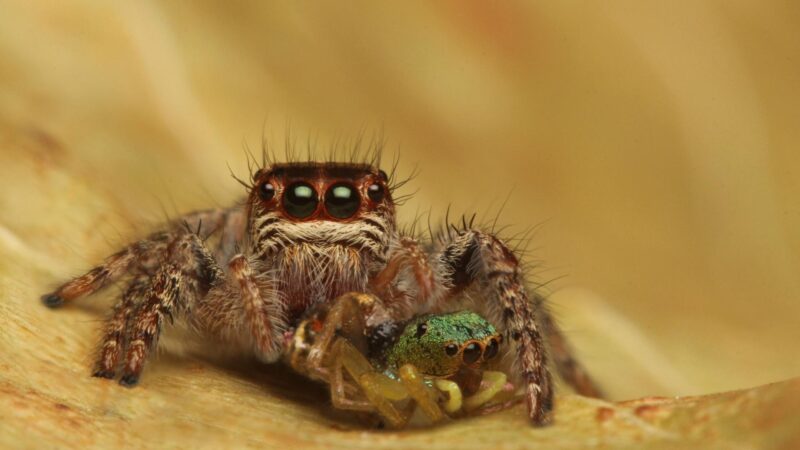
Spiders are considered terrestrial predators who feed on live insects, invertebrates, and even other spiders. Larger-sized spider species can feed on minnows, fish, crustaceans, lizards, small birds, toads, and frogs. There are also commensal spiders that feed on the prey that has been captured by other spiders.
Furthermore, spiders have insatiable appetites as they can consume a great amount of food in just a short period of time. Additionally, they can also endure long fasting periods.
How Do Spiders Make Webs?
- Inside the spider’s abdomens, there is a special organ called a spinneret that transforms watery proteins into silk. It is important to note that although these silky strands are lightweight and flexible, they’re known to be stronger than steel.
- The spider will then produce the first thread and anchor it by letting the wind blow it until it sticks to something. This thread will be used as the main foundation of the entire web.
- Another silky thread is produced to attach to the main thread and a different object some distance below it. A few more threads are produced to further stabilize the structure. As a result, the web’s radii have been built, and it will resemble bicycle wheel spokes. Keep in mind the thread used for the radii are non-sticky.
- Now, with the radii placed, the spider will start circling the web with sticky, connecting threads. A spider produces threads for various purposes such as attachment, adhesion, making cocoons, and capturing prey.
- After the web has been fully developed, the spider will wait at the center for unsuspecting insects to get tangled within the web.
How Do Spiders Mate?

- Before mating, a male spider will deposit its sperm onto a little web and then suck it towards a special cavity found in its pedipalps.
- During the actual mating process, females will release pheromones, either into the air or directly onto their webs, to attract male spiders. Once a male recognizes and locates a female, it will have to go against other males within the vicinity.
- Once the male has successfully finished competing with other males, it will now have to deal with the female spider through courtship. This process depends on the species, but males will generally send a signal to the females.
- As the female recognizes that the male is displaying courting behavior, it will prepare itself for sex. The male will then deposit the collected sperm into the female’s opening found on the underside of its abdomen.
- The female spider will keep the sperm inside a special cavity in its uterus until the eggs are ready to be fertilized. After fertilization occurs, the female will lay its eggs and wrap them around in silk strands. It will then carry the wrapped eggs into its jaws until they’re ready to hatch.
Do Spiders Bite?
Spiders have mouthparts that are capable of biting. In fact, they use their mouthparts to bite prey before injecting their venom to induce paralysis. They can also bite humans. However, they rarely do so unless threatened. Except for fatally venomous spiders such as black widows, most spider bites are harmless and resemble that of a bee sting.
How to Tell a Spider Bite From a Bug Bite?
When spiders bite, they don’t usually penetrate deep enough to the skin surface to cause pain. However, the bites of poisonous spiders can. If the bitten area isn’t healing and the infected person is experiencing symptoms such as muscle or body aches, fever, and headaches, they should seek medical treatment right away.
On the other hand, bug bites will usually resolve on their own. Anti-itch creams and ice or cold compress will also speed up the healing process.
What Is the Most Poisonous Spider in the World?
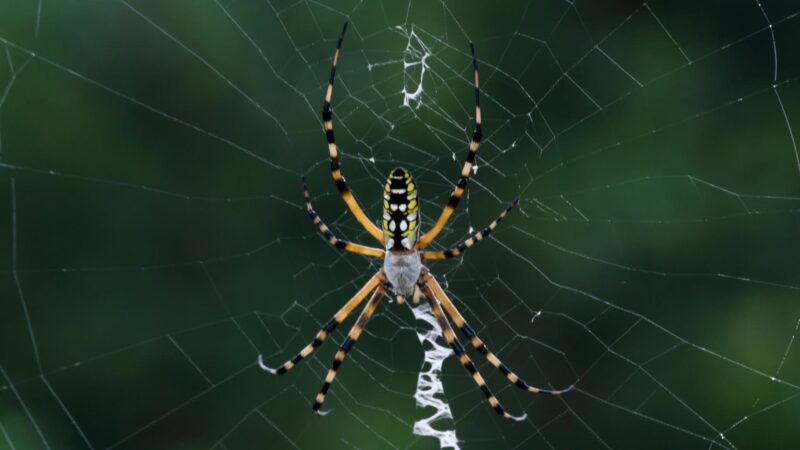
The Brazilian Wandering spider is regarded as the deadliest spider in the world. They have only a few known true predators, including the tarantula hawk, which is a type of wasp.
Usually, their bites won’t cause human death since they rarely inject a full amount of venom into humans. However, tiny amounts of their venom can still cause nervous system problems such as irregular heartbeat, painful erections in the main (also referred to as priapism), and salivation.
In cases where full amounts of venom have been injected into a human’s bloodstream, it can cause death if anti-venoms fail to reach in time. Other deadly species worth mentioning are the brown recluse spider, yellow sac spider, wolf spider, black widow spider, redback spider, and funnel-web spider.
What Do Spiders Hate?
Like insects, spiders also hate strong-odored things such as lavender, citrus fruits, peppermint, rose, tea tree, vinegar, mint, catnip plants, pepper, and cinnamon.
What Eats Spiders?
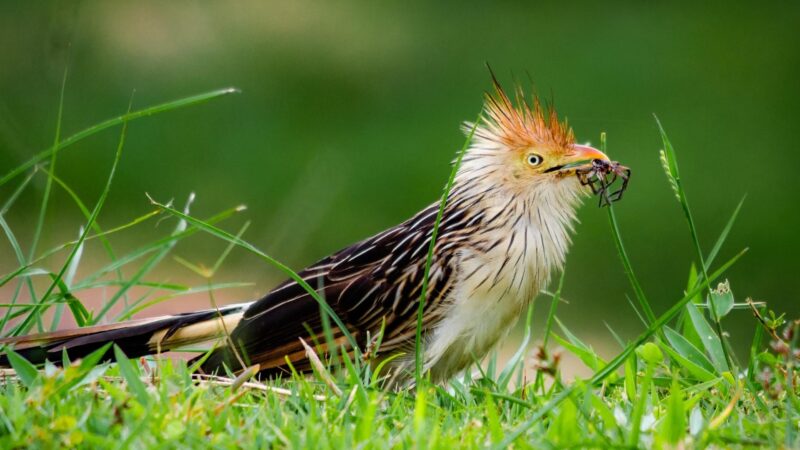
Spiders have several known predators. These include other spiders themselves, ants, wasps, amphibians, small reptiles, praying mantids, birds, and small mammals, particularly shrews.
How to Get Rid of Spiders?
You can use natural methods, such as applying the scents mentioned above in areas where spiders are abundant. You don’t have to dilute them in water. Just simply add them to a spray bottle and spritz on the desired areas. You can also use sticky traps or glue boards.
If you want to use chemicals, you can use pyrethroid insecticides such as cyfluthrin, lambda-cyhalothrin, bifenthrin, and esfenvalerate to reduce spider populations, especially when infestations are heavy.
For control measures, vacuum spiders, webbings, and insects can serve as their prey. Thoroughly declutter your rooms and living areas to reduce potential areas for eggs to hide and proliferate. Cover all cracks and gaps in your house that spiders can enter through with sealants or copper mesh.
What Keeps Spiders Away?
Spider-repelling plants, such as citronella, mint, lavender, and eucalyptus, help deter spiders from entering gardens and homes. If planting is not an option, the use of essential oils, such as lavender, tea tree, peppermint, as well as citrus fruits and vinegar can also do the trick.
Moreover, diatomaceous earth is also an effective material that can kill spiders, as well as other pesky insects in your garden.
How to Kill a Spider Without Bug Spray?
By using natural methods. You can create an environmentally-friendly spray by using the essential oils mentioned above or by mixing them with other scents that spiders hate, such as citrus fruits and vinegar, to create a potent mixture.
Spiders are eight-legged arachnids that are known for their web-producing skills, as well as their ability to paralyze their prey by biting and secreting venom into them. They are not bugs, although they are both invertebrates, as they have three main unsegmented body parts, simple eyes, and four pairs of legs.
List of Sources
Insect & Spider Bites. Alfred University.
Baluch, P. (2011). Complete Metamorphosis. ASU – Ask A Biologist.
Bilsing, S. W. (1920). Quantitative Studies in the Food of Spiders. The Ohio Journal of Science.
Bradley, R. What are Spiders? Ohio State University.
Garvey, K. K. (2012). Why Spiders Are Not Insects. Agriculture and Natural Resources, University of California.
